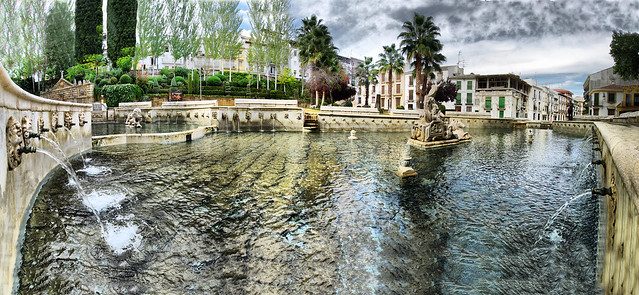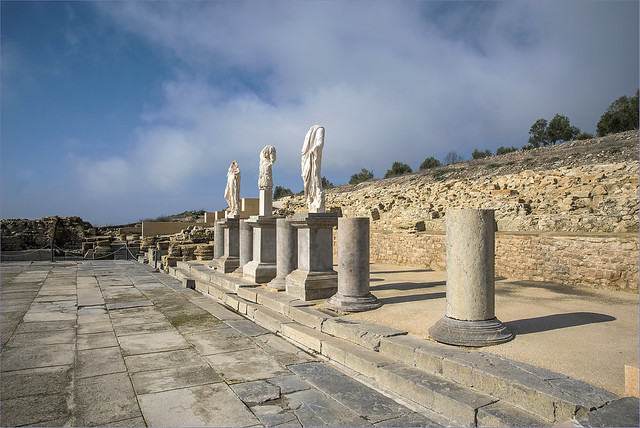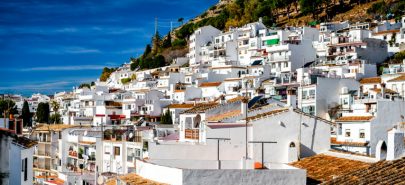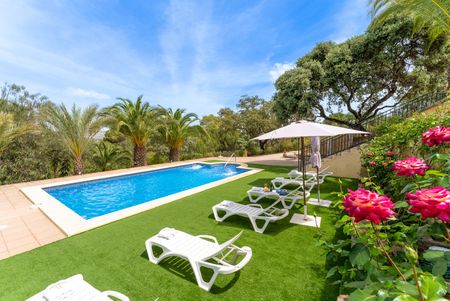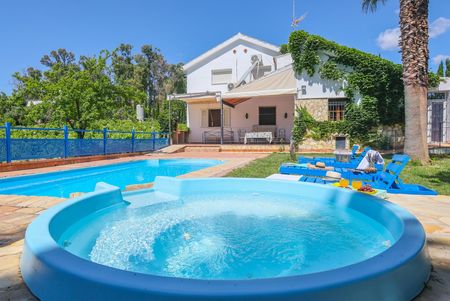Your trip to Andalucia is bound to be good if you include some of the most charming towns in Cordoba province.
In this post, you will know which the unmissable villages spread in the province of Cordoba are. Don’t put off your trip to one of the most appealing Andalusian provinces.
The 7th-century Arab dominance in this corner of southern Spain left numerous traces that are still present nowadays, forgetful of the time that passes by as they continue enriching Spain’s culture and peculiarities.
There are 75 towns in Cordoba province that rely on a Moorish heritage: Hornachuelos, Almodóvar del Río, Montilla and Baena stand out for their churches, narrow whitewashed streets and spacious central squares, as well as for their inhabitants and the delicious cuisine.
Keep on reading, and you will discover 7 of the must-see towns in Cordoba province! And, at the same time, you will any doubts dispelled, as to why you should be travelling to this Andalusian province soon.
1. Montilla
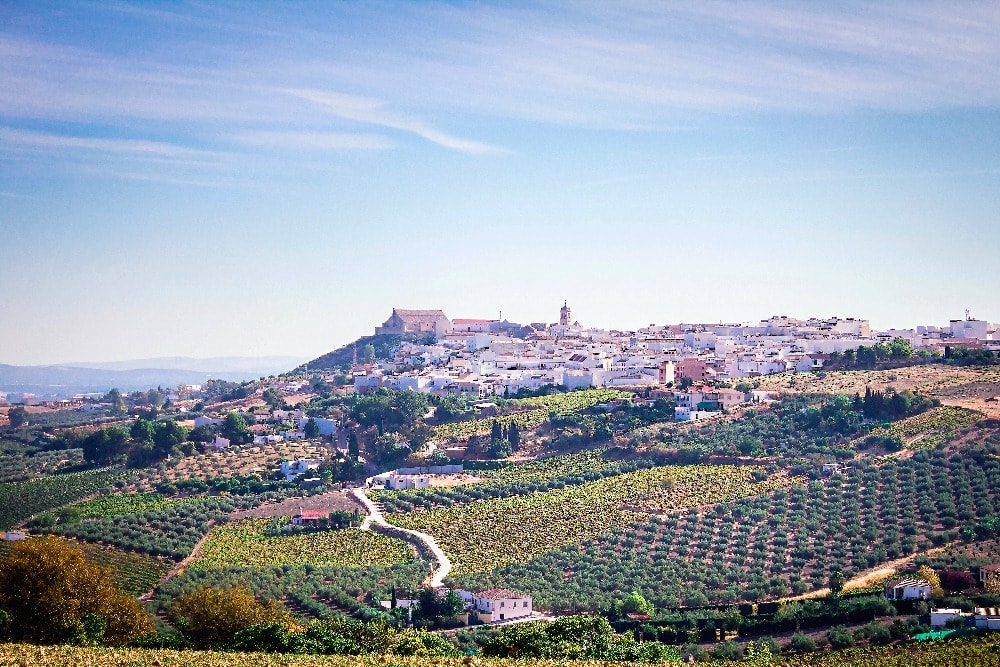
This 23,000-inhabitant town dominates the Cordovan Campiña Sur together with Puente Genil. Montilla stands out for the quality of the grape that’s cultivated here, the Pedro Ximénez variety, with which the renowned Denominación de Origen (Designation of Origin) wines Montilla-Moriles are produced. The close connection between the town and the wine culture has ensured the opening of various wine-related museums, such as the 1997 Wine Museum of Montilla (Museo del Vino de Montilla), which is currently closed to the public.
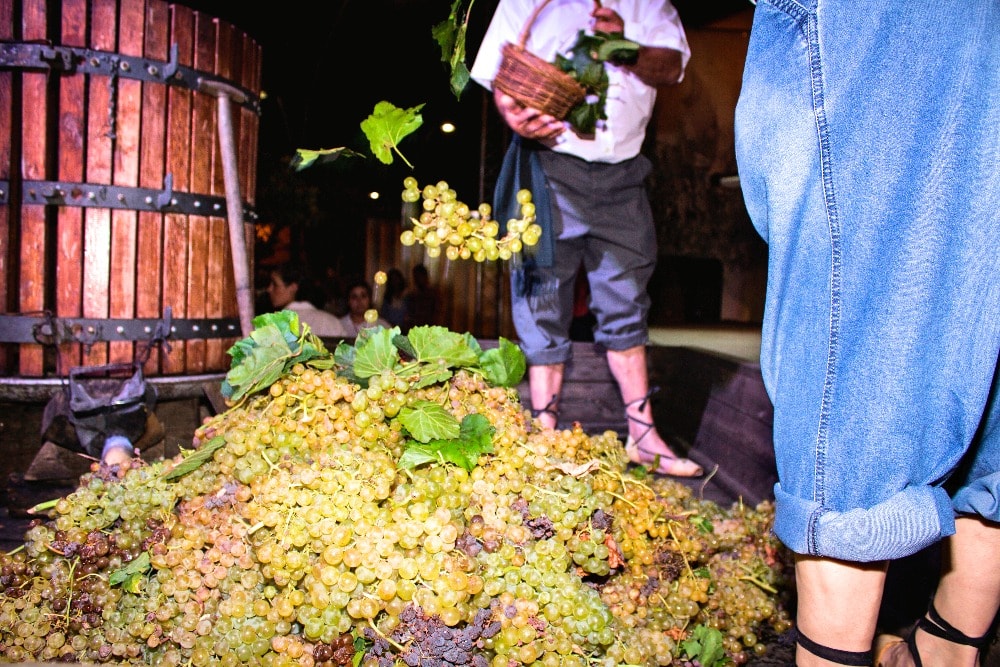
In Montilla, you should stop by:
- the Palacio de los Duques de Medinaceli, which became the residence of the marquises of Priego after the destruction of their castle in 1503. Nowadays, the palace is divided into two private homes.
- the 1722 Alhori-Castle, whose towers are the only parts that survived the destruction of the ancient military fortress, which belonged to the Aguilars.
- the Casa del Inca Garcilaso de la Vega, which is still decorated like a 16th-century house and also welcomes a winery. It was the residence of the Peruvian writer and historian Garcilaso de la Vega.
- the Casa de las Camachas. A legend has it that this was the home of three witches (one of whom was also mentioned in Miguel de Cervantes’s “The Conversation of the Dogs” as Elvira García “La Camacha”).
Also, if you want to treat yourself to a delicious dessert, stop by the Bakery “Manuel Aguilar”, a century-old traditional bakery whose delicious sweets are very much requested, even by the Spanish Royal House.
Tourist office:

Calle Iglesia
Monday – Thursday: 9 pm – 2 pm
Friday: 9 am – 2 pm, and from 4.30 pm – 6.30 pm
Saturday: 10 am – 1 pm, and from 4.30 pm – 6.30 pm
Sunday: 10 am – 1 pm
2. Rute
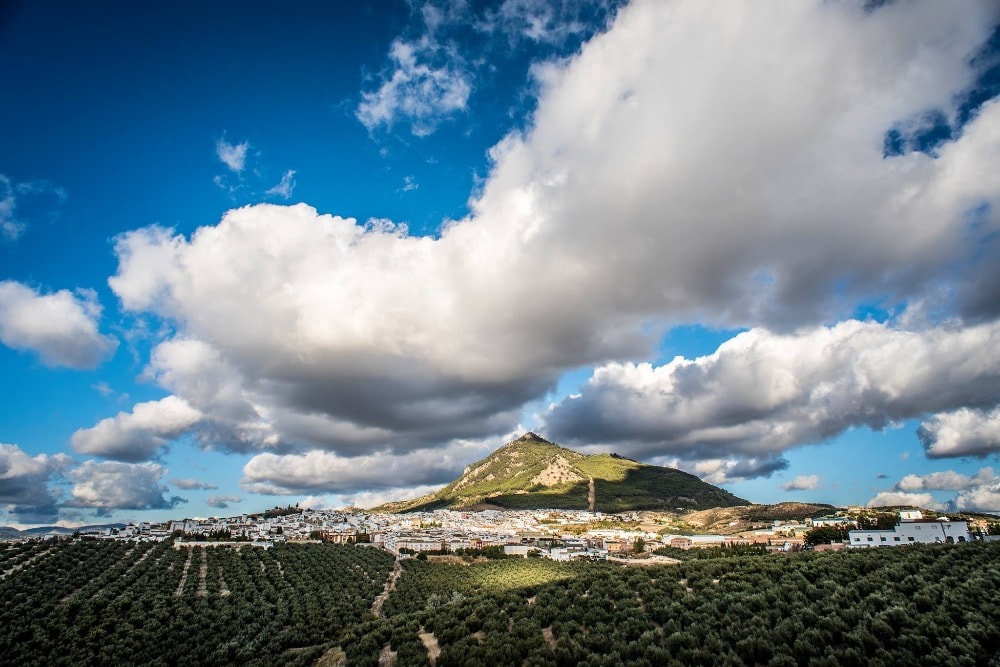
Rute is one of the Cordovan towns where the highest amount of Arab traces was found, belonging to the period where the town was nothing more than a defensive military fortress, during the Nasrid Kingdom of Granada. Its 10,000 inhabitants live in the heart of Andalucia, surrounded by charming smaller villages such as Llanos de Don Juan, Zambra and La Hoz in the Sierra de Rute.
If you stop by the town, don’t miss out on the delicious cuisine and the mouth-watering desserts: you must try the nenas (or bobas, as they’re also known), aka. a dessert made of milk with a spicy heart, and the home-made liqueurs and anisette.
If you’re more into archaeology, visit the remains of the medieval castle of Rute el Viejo and Torre del Canuto. Besides, culture-lovers will find their heaven in Rute, as the town is provided with numerous museums. The Museum of Sugar welcomes duplicates of some famous Andalusian landmarks that are entirely made of sugar; the Museum of the Anise, located inside an anise distillery, and the Museum of the Artisanal Nougat (Turrón) complete the gastronomic route you must engage in!
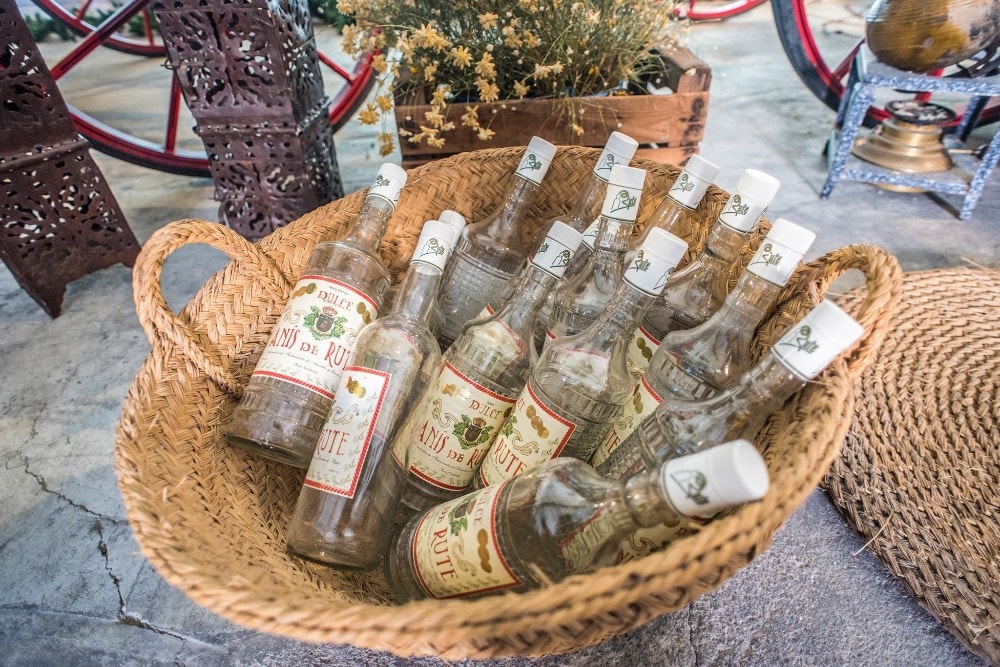
One of the best moments for travelling to Rute is on Christmas, for you will see the world’s biggest Chocolate Nativity Scene, in the factory of Galleros Artesanos. A delicious piece of art 😉
Tourist office:

Parque Nuestra Señora del Carmen
Monday – Friday: 9 am – 2 pm
Monday – Sunday (from October to December): 9 am – 2 pm, and from 4 pm – 6 pm
Saturday: 10 am – 1 pm, and from 4.30 pm – 6.30 pm
Sunday: 10 am – 1 pm
3. Priego de Córdoba
Known as the Town of Water for the number of natural springs that flow in its surroundings, Priego de Cordoba is one of the most charming towns in Cordoba province. It’s considered a jewel of the Cordovan Baroque, being provided with various buildings in this architectonic style in many districts that are well worth a visit.
Among them:
- Barrio de la Villa and the Balcón del Adarve, which were the original urban centre of Priego de Córdoba.
- the 15th-century Castle, whose 30-mt tall Torre del Homenaje was declared Historic-Artistic Grouping in 1943.
- the Carnicerías Reales, a 16th-century Italian-Renaissance market and slaughterhouse with a picturesque spiral staircase.
While here, taste the cuisine of Priego de Córdoba, whose main ingredient is the Denominación de Origen extra-virgin olive oil. And to top it all, enjoy the piñonate, a dessert made of olive oil, flour, eggs, moonshine, almonds, honey, orange and pine nuts.
Tourist office:

3, Plaza de la Constitución
Monday – Saturday: 10 am – 2 pm and from 4.30 pm – 6.30 pm
Sunday: 10 am – 2 pm
4. Baena
Baena owes its name to the Roman surname Baius, which identified a wealthy property owner, thus underlying the town’s Roman origins. And the numerous Ibero-roman traces found in this town are definitely worth a visit: the Cerro de Minguillar, a fortified settlement on a hilltop that was declared Patrimonio Inmueble de Andalucía; the archaeological site of Torreparedones, which is accessible Monday to Sunday, 10 am -– 2 pm (closed on Tuesday); and the fortified walls of what was once the Cortijo de Izcar.
In addition to the archaeological traces, Baena is also famous for sitting in the cross of the Camino de Santiago’s branches proceeding from Granada and Malaga.
Besides, its rich historical heritage features the Ermita de Nuestra Señora de los Ángeles (Hermitage of Our Lady of Angels), which only opens on May 13th and August 2nd; the Casa de la Tercia (see of the Municipal Historical Museum), and the Parish Church of Santa María la Mayor, which was declared Historic-Artistic Grouping and National Monument.
Tourist office:

5, calle Virrey del Pino
Monday – Friday: 9 am – 2 pm
Saturday and Monday when Bank holiday’s eve: 10.30 am – 1.30 pm, and from 5 pm – 7 pm [from June 15th to September 30th: 6 pm – 8 pm]
Sunday and Bank holidays: 10.30 am – 1.30 pm
5. Zuheros
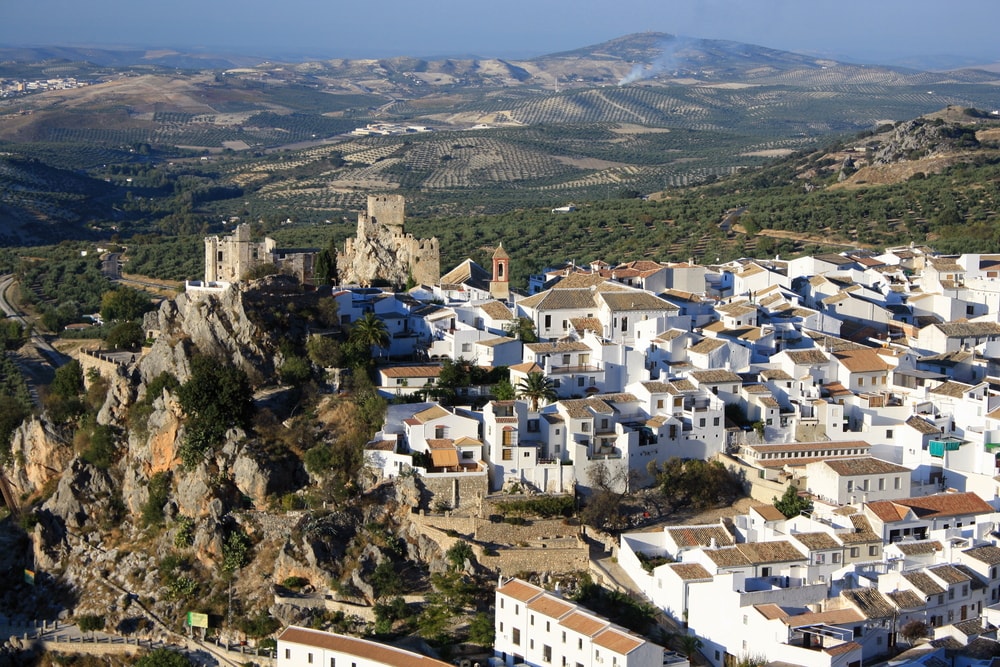
Being the gate to the spectacular Cueva de los Murciélagos (the Bats Cave, one of Andalucia’s most important Neolithic sites), this 900-inhabitant town in the Sierra de la Subbética is famous nationwide. Its precious whitewashed houses will make you want to enjoy the fresh air, as you soak up the quietness in the streets leading to the impressive spectacular Castle on the town’s hilltop.
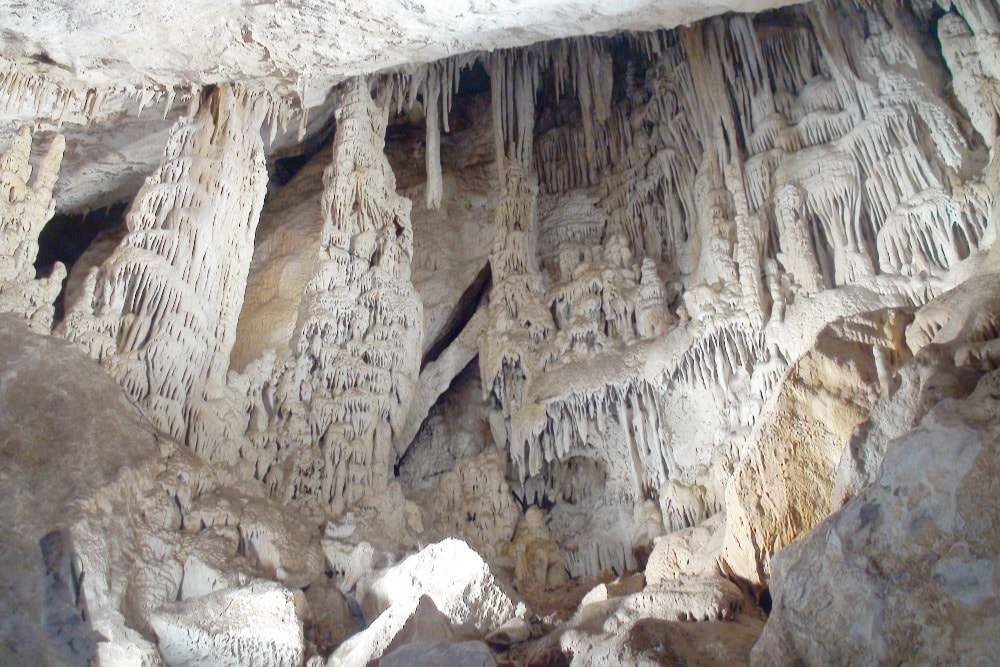
Zuheros welcomes Iberfauna, a rescue centre for Iberian wildlife, the Archaeological Museum that completes the visit to the Cueva de los Murciélagos, and the Parish church of Our Lady of Remedios, which is said to have been built on the rests of an ancient mosque. The Feria Nacional del Queso Artesano (Home-made Cheese Fair) is another peculiarity of Zuheros, which you will attend if you visit the town in September.
Tourist office:

1, Plaza de la Paz
Tuesday – Friday: 10 am – 1.30 pm
6. Almodóvar del Río
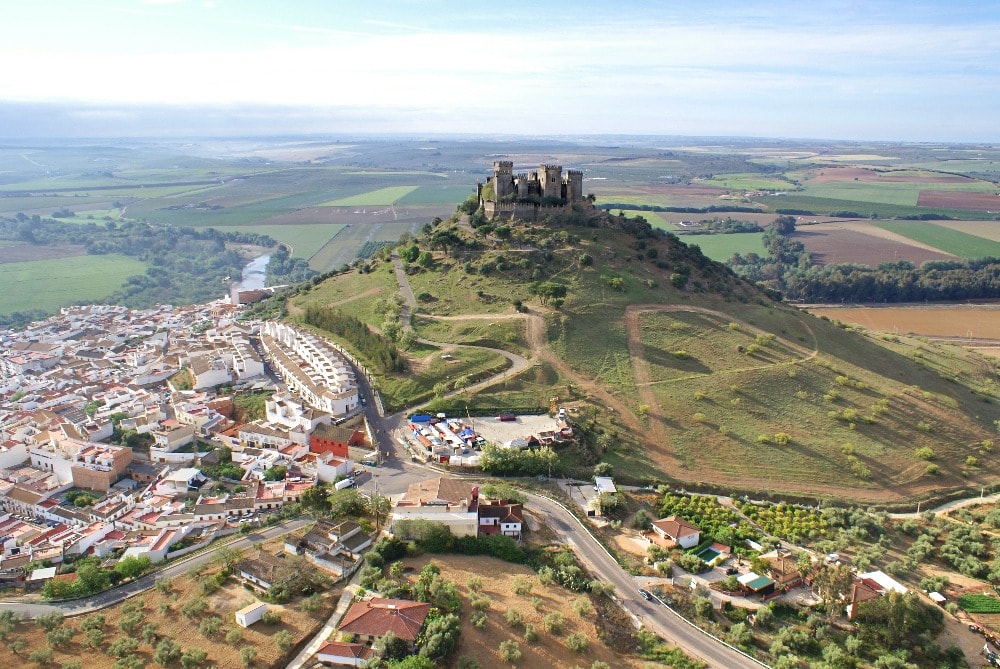
This town lies in the Valle Medio del Guadalquivir and is home to 8,000 people. If you’re planning a getaway, don’t miss out on the Embalse de la Breña (Europe’s biggest RCC at the time of its construction in 1931-1934), where you are given the chance of engaging in various open-air activities and water sports.
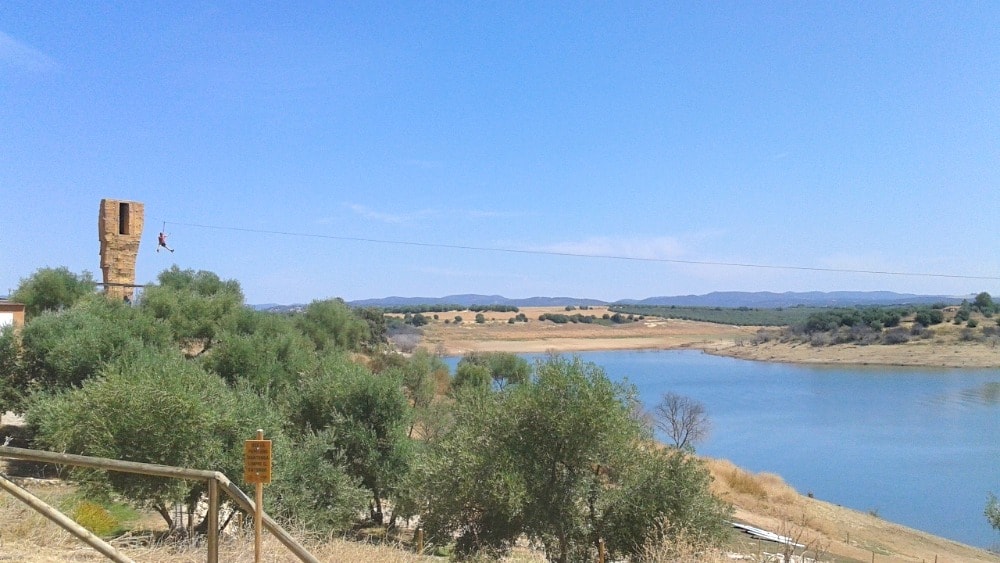
Almodóvar del Río’s gastronomy is another great way to have first-hand experiences. Try the croquettes and the mazamorra, a soup made of almonds, bread, garlic, oil and vinegar: they won’t deceive you!
Regarding its cultural and archaeological sites, worth visiting are the Ethnological Museum (1-hour guided tours are available) and the impressive Castle, which you might remember from GOT ;). Check out prices and the available (non) guided tours by clicking here.
The 14th-century Parish church of Inmaculada Concepción and the Baroque-style hermitage of Nuestra Señora del Rosario y San Sebastian are also well worth a visit, especially during the celebrations honouring the Virgen del Rosario (first week of October).
Tourist office (also the Visitor’s Centre of the Valle del Guadalquivir):

Carretera de la Estación n/n (old Train Station)
Monday – Sunday: 9 am – 2 pm
Saturday, Sunday and Bank holidays: 10 am – 2 pm
Centro de Actividades en la Naturaleza La Breña II
Carretera del Pantano n/n
Monday – Thursday: 9 am – 2 pm
Friday, Saturday, Sunday and Bank holidays: 10 am – 2 pm and 3 pm – 6 pm
7. Hornachuelos
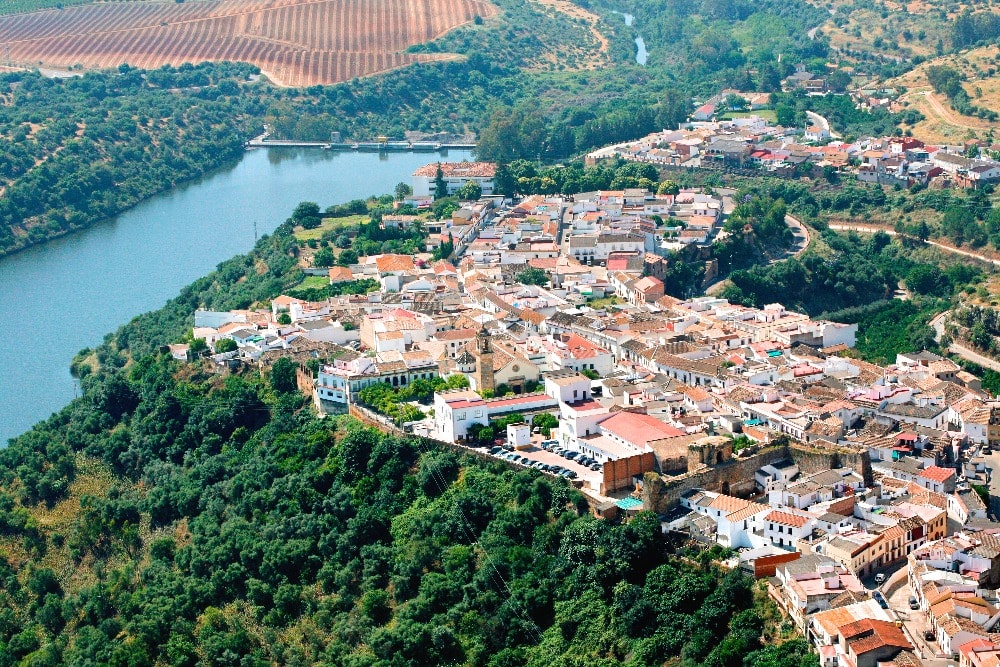
Hornachuelos sits in the hillside of the Cordovan Sierra Morena, and it’s the most-extended town in the province. It owes its name to the Arab furnuyulus, which means City of the Holes.
Among the countless Arab remains that fill Hornachuelos, some are truly worth stopping by:
- the Mudejar church of Santa María de las Flores, located inside the walled perimeter of the town
- the 8th-century castle, whose towers, tank, and main square are still accessible to visitors. The rest of the Castle was used as building materials for the town.
- the Palace and Gardens of Moratalla, known as the Versailles of Cordoba because of the magnificence of the spectacular 8-hectare garden and the splendid 12th-century palace. As a curiosity, the garden was designed by J. C. N. Forestier, who also designed the María Luisa park in Seville.
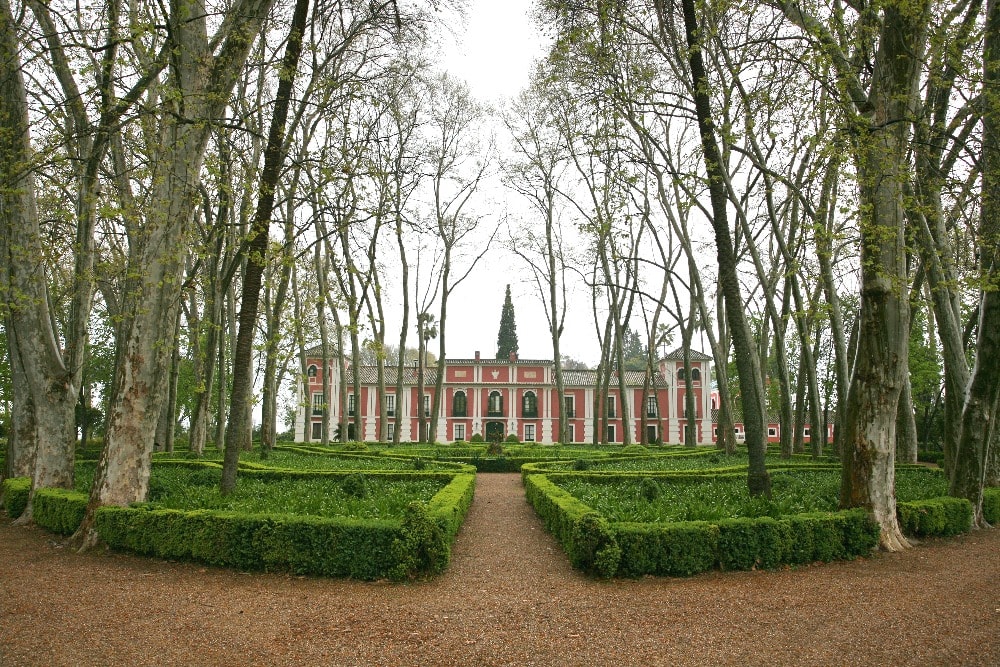
The Romería de San Abundio, during the last weekend of April, is one of the best moments to visit the town, when a romería takes place between the town and the area of Fuente del Valle, in the Natural Park of Sierra de Hornachuelos.
Tourist office:

Recinto Ferial Las Erillas
Tuesday and Wednesday: 9 am – 3 pm
Thursday, Sunday and Bank holidays: 10 am – 2 pm
Friday and Saturday: 10 am – 2 pm, and 4 pm – 7 pm
Places to stay in Cordoba
The must-see towns in Cordoba also welcome comfortable holiday homes where you can stay and enjoy your holidays at best. Take a look at all of them by clicking on the button below.
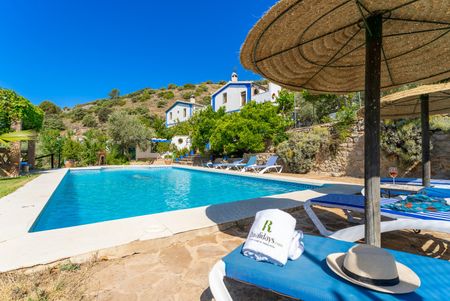
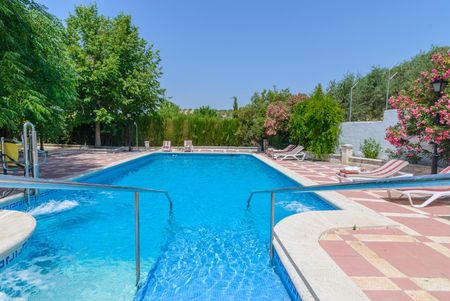
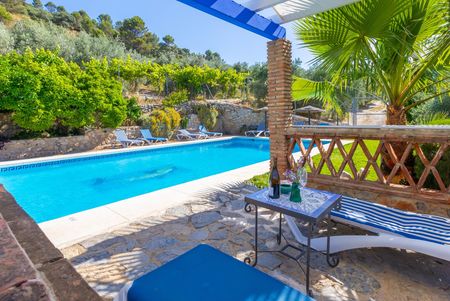
Which is your favourite town in Cordoba province? Are there any towns you think that should be included in this post? Let us know in the comments below, and don’t forget to rate this post 😉
